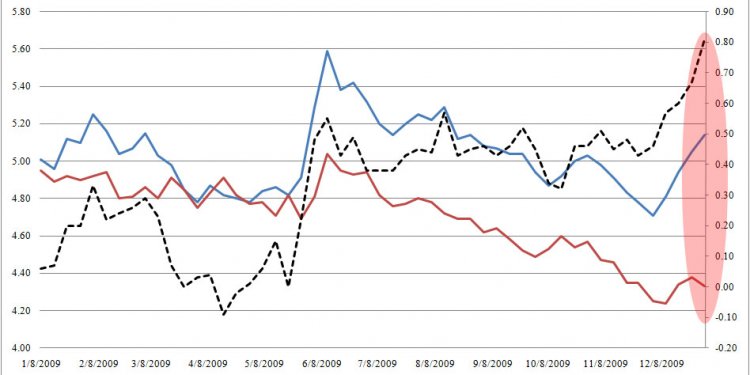
30 years Fixed
The 30-year fixed-rate mortgage loan is one of the most popular financing tools for home buyers today, accounting for more than 80% of home purchases. It is the “workhorse” of the lending industry, and it has been for a long time.
But what is a 30-year fixed-rate mortgage, exactly? How do these loans work? What pros and cons do they offer to you, as a home buyers? These are just a few of the questions we will answer in this tutorial.
What Is a 30-Year Fixed-Rate Mortgage?
Let’s start with the basics. What is a 30-year fixed-rate mortgage? The definition is actually right there in the name. It is a mortgage loan with a 30-year repayment term and a fixed rate of interest. The interest rate is determined when you first take out the loan, and it stays the same over the entire 30-year repayment term. It does not change.
This is the distinguishing characteristic of a fixed mortgage. The interest rate you start off with stays with you for as long as you keep the loan, even if you keep it for the full 30-year term. The rate assigned to an adjustable mortgage, on the other hand, can change over time. These are very important differences, from a home buyer’s perspective.
How a Fixed Mortgage Works
Now that you know what it is, let’s talk more about how the 30-year fixed mortgage works.
You borrow money from a mortgage lender to buy a house. You close on the loan and sign a bunch of paperwork. The deed is transferred to you, giving you ownership of the property. You now have a financial agreement with the lender. You’ve agreed to repay your 30-year fixed-rate mortgage loan with regular payments each month. You’ve also agreed to pay interest, which will be included within your monthly payments.
As the name suggests, you have 30 years to repay the loan in its entirety, including interest. But you are not required to keep the loan that long. In fact, most people who use these long-term fixed mortgages either sell or refinance their homes before reaching the 30-year mark.
Interest, Principal and Amortization
When you make your mortgage payments each month, some of the payment will go toward interest, and some of it will go to reduce the principal amount you borrowed.
In a typical 30-year fixed-rate mortgage scenario, the borrower will start out paying mostly interest during the first years of the repayment term. This means you might not reduce the principal very quickly during the early years of the repayment term.
But over time, this begins to change. As you move further into the 30-year repayment window, the composition of your monthly payment changes so that more of the money goes toward principal reduction, and less toward interest.
The amortization chart below (courtesy of the Federal Reserve) shows how the proportion of your payment that is credited to the principal of your loan increases each year, while the proportion credited to the interest decreases each year. In the later years of your mortgage, more of your payment will be applied to principal, helping you build equity faster.
 30-year mortgage amortization chart. Source: Federal Reserve.
30-year mortgage amortization chart. Source: Federal Reserve.
In the chart above, you’ll notice how the size of the monthly payments stays the same over time (at around $1, 400), even though the interest-versus-principal composition changes. This is usually how a 30-year fixed-rate mortgage works. As a borrower, it’s important that you understand this concept.
Amortization: We introduced a big word in this section. Amortization is simply the gradual reduction of your loan balance / debt over time, as you make regular payments. So the chart above shows how a typical 30-year fixed-rate mortgage debt amortizes, or reduces, over time.
The Monthly Payment Amount Stays the Same
It’s worth repeating. Even though the composition of the mortgage payment changes overtime (as shown in the chart above), the monthly payment amount will remain the same. The interest rate will also remain the same over time. That’s why it’s called a fixed mortgage loan.
This makes the 30-year fixed-rate home loan very different from an adjustable-rate mortgage (ARM). An adjustable loan, as its name suggests, has an interest rate that can change over time. But the 30-year fixed-rate mortgage remains true to its name, keeping the same interest rate (and the same monthly payment amount) through the entire repayment term.

















